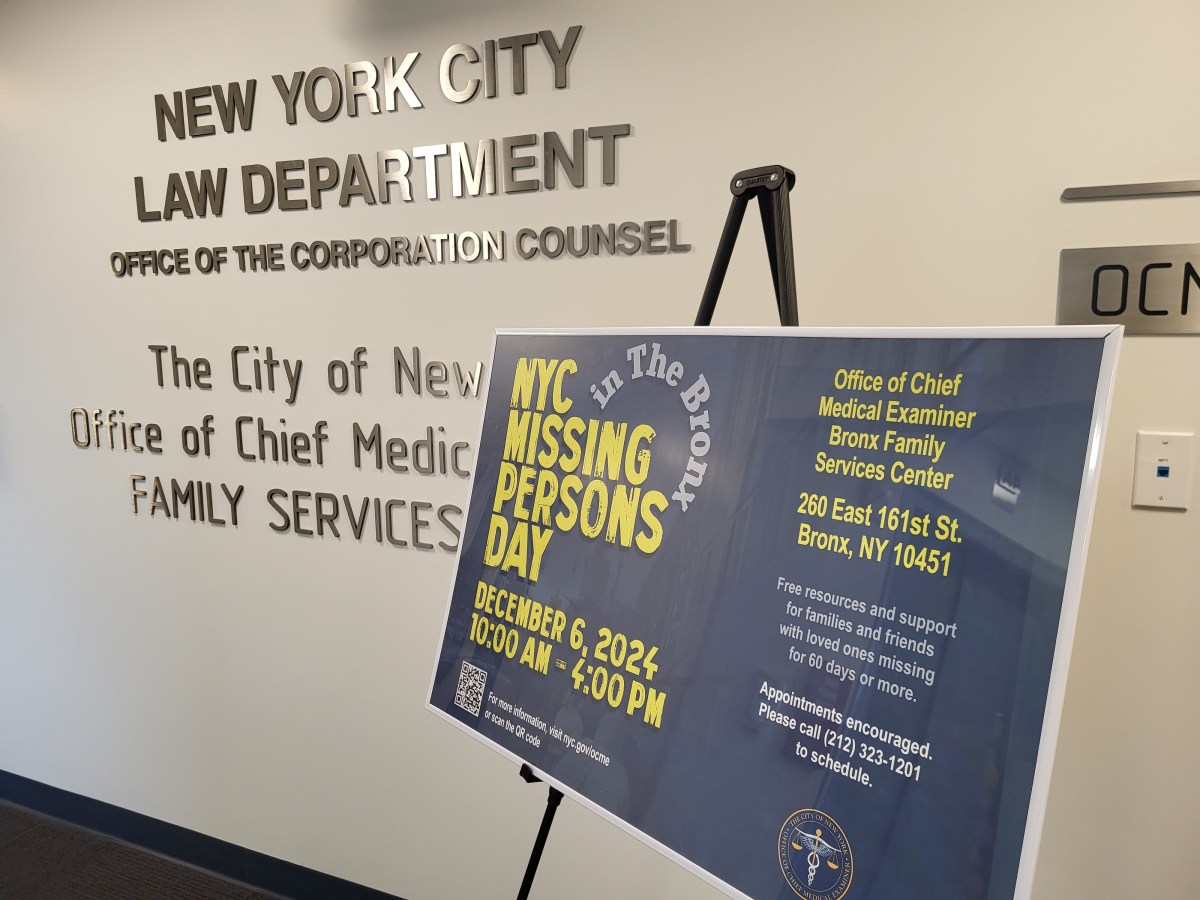 BY LENORE SKENAZY
BY LENORE SKENAZY
Religiously observant Muslims and Jews convened in lower Manhattan last week to discuss an item of vital interest to both:
Head scarves.
And long skirts. And high collars. And how much arm one can expose.
And whatever tension may exist between the faiths on a political level vanished at a symposium on dressing modestly yet fashionably, organized by Daniel Cole of the NYU Costume Studies department and opened by Nancy Deihl, the director of the program.
To give you an idea of how this topic cuts across religious lines, try to guess which of these statements was made by a Jewish woman, and which by a Muslim woman:
“I dress modestly because God commanded me to, as a way to focus on my value as a person.”
“Why do women cover? Sexuality is something that belongs in the home.”
Answer: Jew, Muslim. But they were both nodding along with each other.
The Jewish woman here is Michelle Honig, a fashion journalist who often writes about the intersection of fashion and modesty. She was wearing a green striped sweater with a white long-sleeve shirt underneath, a slim dark skirt, and long blonde hair — a wig that mostly, but not totally (she admitted) covers her hair. Her shoes looked straight out of Vogue.
Admittedly, she said, the idea of a religiously observant Muslim, Jewish, or even Christian woman “doesn’t bring to mind very fashionable women.”
But just because they are covering more of themselves than your average secular lass doesn’t mean they have to be dowdy. Honig goes shopping at popular stores, “browsing through the racks, each piece, going through some mental calculation of how to ‘modest-ify’ it.”
To do that, she usually adds layers, or maybe she’ll sew up the slit of a slinky skirt. Voila: a fashionable young woman in “normal” clothes that just happen to cover the knees and elbows.
Dian Pelangi, head designer of the Indonesian fashion company that bears her name, took the podium next, looking regal in a stunning floor-length green cape with a black hood. “Hijab means ‘to cover,’ ” she explained to half the audience that wasn’t already wearing one of these Muslim headcoverings.
“There was a time when the hijab was considered weird, backwards and old-fashioned,” Pelangi said. But now it is “huge trend.” Witness the fact that a Jakarta designer showed the first “modest” fashion line at New York Fashion Week this year. And the fact that both Tommy Hilfiger and DKNY brought out a Ramadan collection. Or even the fact that Pelangi herself has 4.3 million Twitter followers who look to her for advice on modest styles.
With 23 percent of the world’s population following Islam, catering to Muslim women’s fashion needs makes business sense.
“For me,” said Pelangi, “modest fashion is the next emerging market.”
And yet, for the women at this symposium, fashion meant more than just looking good.
“The fashion world as it exists today is about very public sexuality,” said Ann Shafer, an art historian and architect specializing in Islamic culture who teaches at the Fashion Institute of Technology. “So I’m trying to provide another world view” — the view that “sexuality is not a sort of public phenomenon.”
Shafer herself converted to Islam and was covered except for her face.
But don’t think this made her — or any of the women on the panel — feel second class. On the contrary, they spoke of the freedom and joy of dressing this way.
In countries like America, where women have the choice to dress any way they please, “If women still choose to cover their bodies,” said Honig, they are not “victims” who need to be saved, they’re making a statement. “They take pride in their modesty because it’s part of who they are.”
Added Shafer, “It is often assumed that Muslim women who wear conservative dress don’t have a relationship to their bodies.” On the contrary, “Islam is very open about sort of how to treat your body as a sexual phenomenon” — just not in public.
The other speakers concurred. They don’t want to be thought of as sexless, just maybe excess-less. Rejecting a culture that reveals too much.
“Modest dress should not be the ‘other’ choice, just an equal choice,” said Malky Weichbrod, the observant Jew behind the website, “My Therapist Told Me to Write a Fashion Blog.”
And if ladies kick it up a notch by making it look great, they’ve got the best of both worlds. As Lyn Bakri, founder of the modest fashion line Aneeqa, said, “You don’t have to show much skin to look beautiful and be confident.”
The women at NYU, in their robes and scarves, wigs, and heels, were evidence of that.
Lenore Skenazy is a keynote speaker, author and founder of the book and blog Free-Range Kids, and a contributor at Reason.com.


































